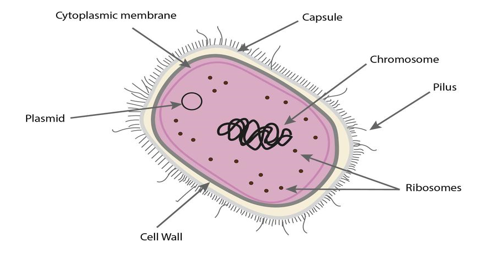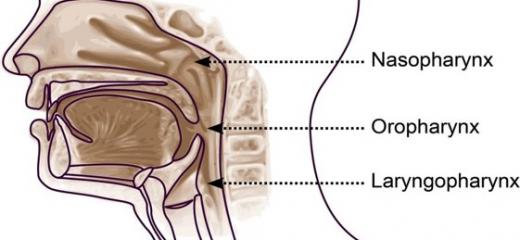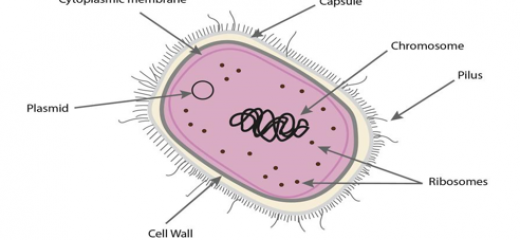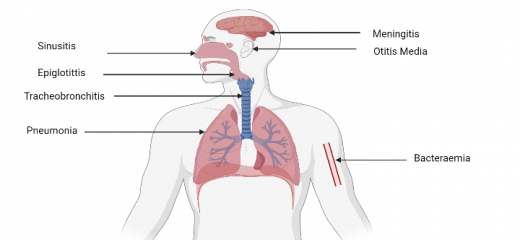History and Biology of Haemophilus influenzae
Haemophilus influenzae is a Gram-negative bacterium that can cause mild to severe infections in humans ranging from infections such as otitis media and sinusitis to meningitis and pneumonia with infants and young children being most at risk. It was initially known as the “Pfeiffer influenza bacillus” as it was first isolated by Robert Pfeiffer from the sputum of a patient who had pneumonia, leading to its misclassification as the cause for influenza.
History
Following the great influenza pandemic (1918-1919), it became apparent that the bacillus was part of the normal flora of the upper respiratory tract of human beings and did not always cause illness. In 1920, it was renamed as ‘Haemophilus’ (‘blood loving'- to demonstrate the need for blood substances in artificial media) ‘influenzae’ to maintain its historic background with influenza pandemic.
![Image de [i]Haemophilus influenzae[/i] au microscope](/sites/default/files/styles/standard_mobile/public/2021-03/hib_0.png?itok=wYJnyh0J)
In the pre-vaccine era (early 1990s), Haemophilus influenzae was a leading cause of global childhood deaths and diseases related to meningitis, pneumonia and sepsis. At that time, most cases of meningitis globally were caused by Haemophilus influenzae and in the absence of vaccines, 6 out of 10 people infected with the bacterium were most likely to die from the disease if left untreated. The mean case fatality ratio (CFR) of Hib ranged from approximately 5-10% in high income countries to 28% in Africa (Slack M et al 2021). In 2000, prior to the introduction of vaccination in resource poor countries, H. influenzae was responsible for 8.13 million illnesses and 371 000 deaths in children under 5 years of age. This was mostly attributable to a single variant of H. influenzae: serotype B, Hib. In 2015, despite the availability of a vaccine targeting Hib, there were still 12 900 Hib meningitis cases globally.
Biology
H. influenzae is a small Gram-negative coccobacillus bacterium. Some strains possess a polysaccharide capsule, an additional protective layer that shields the bacterium from the host immune system. It determines the heterogeneity of the serotypes which in turn contribute to virulence and disease severity. However both encapsulated (with a capsule) and non-capsulated strains (without a capsule) can cause invasive and non-invasive infections.

Bacterial cell with capsule
Haemophilus influenzae invasive disease is a global health problem, however, the burden of disease is significantly higher in low and middle-income countries where vaccine coverage may be more limited, whereas in high-income settings cases of meningitis due to Haemophilus influenzae are now rare thanks to the very effective polysaccharide conjugate vaccine which targets serotype B H. influenzae.
Click below to find out more about Haemophilus influenzae.











